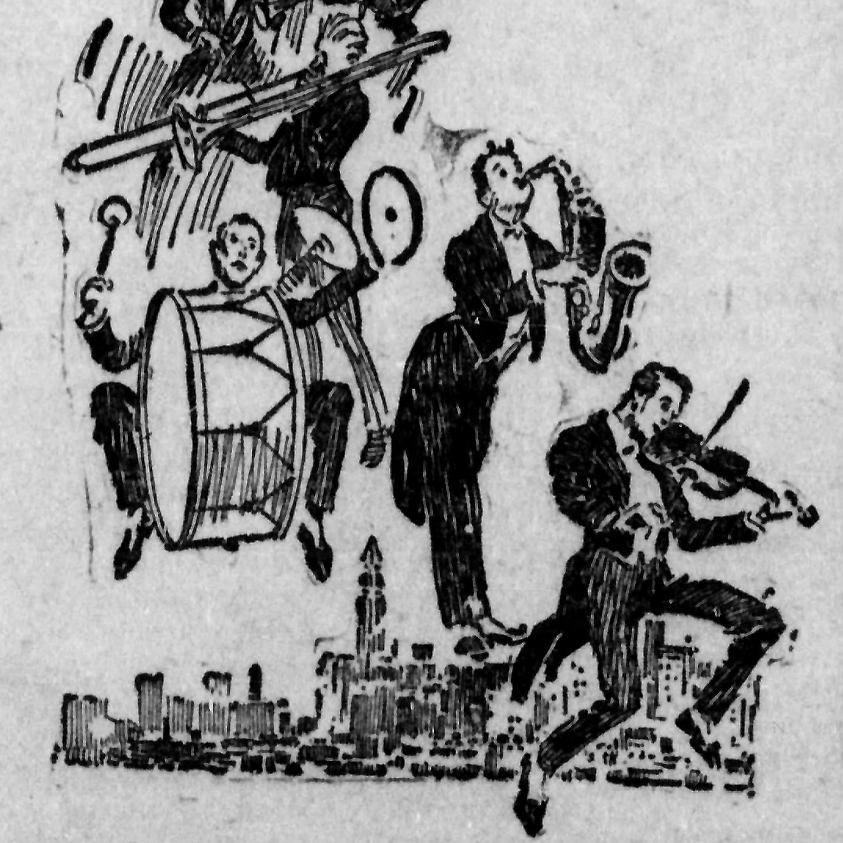‘The two of us wrote Anti-Oedipus together. Since each of us was several, there was already quite a crowd’.
The rhizome might be thought of as the central metaphor of A Thousand Plateaus. Although the term central is already problematic.
The book, by the philosopher Gilles Deleuze and the psychoanalyst Félix Guattari, isn’t meant to have a centre. Neither does the rhizome.
The chapters, or the ‘plateaus’, delve non-linearly into a huge range of philosophic, scientific, psychological and political subjects, connected by threads of ideas that go off in different directions at different speeds and different intensities.
The intensity of difference being at the centre of Deleuze’s philosophy. How different? How similar?
It is not meant to be read in order.
‘A book’, they say, ‘is made up of different dates and speeds’.
‘In a book, as in all things, there are lines of articulation or segmentarity, strata and territories; but also lines of flight, movements of deterritorialization and destratification. Comparative rates of flow on these lines produce phenomena of relative slowness and viscosity, or, on the contrary, of acceleration and rupture’.
The book is a root-book.
The root is already a tree.
The tree is already the world.
The central theme of the first ‘plateau’ is the metaphor of the rhizome, which has been adopted as a useful metaphor for much of Deleuze and Guattari’s wider position.
The keywords to remember are freedom, difference, non-linear, everything.
In botany, a rhizome is not just a root, but a mass of underground plant steams that can shoot off roots in new directions.
Throughout the first plateau, Deleuze and Guattari define the rhizome loosely apropos the following.
1. and 2. Any point of the rhizome can be connected to any other. It is not the root of one plant. It is non-hierarchical.
A rhizome connects assemblages of linguistic codes, micropolitical struggles, power relations, biology, art.
The hyperlink is a rhizome. There is no order to the internet, unless Google imposes order upon it. Links take you places, in circles, down strands, down dead ends.
3. Rhizomes have the principle of multiplicity. They deny singularity which cuts off new potentiality. There are no central points.
Everything has elements of the rhizome then. But not everything is a rhizome. The wheel is not. It goes round. It has a central point. Parliaments, senates are not; they have a structure. But people walking around parliaments and senates might do rhizomatically. Ants are not rhizomes, they have a biology. Ant nests are. Ant trails are.
4. They have the principle of a signifying rupture. Destroying a single point means the rhizome will it will start up again on one of its old lines, or on new lines. A road diversion sends new shoots the join the old.
The Wasp pollinating the orchid form part of a rhizome. But take one out and the other will find a replacement.
5 and 6. Principle of cartography and decalcomania (the process of transferring a design onto glass or porcelain.) The rhizome has no archetypal structure, no master plan. It does make a map: ‘What distinguishes the map from the tracing is that it is entirely oriented toward an experimentation in contact with the real’.
One of the most important parts of the rhizome is that it has multiple entryways, multiple possibilities. A rhizome has no beginning or end. ‘The rhizome operates by variation, expansion, conquest, capture, offshoot’.
But is it a methodology? An Ideology? An epistemology? A metaphor?
It is all four, and more. Ideologically, though, it is inherently progressive. Traditions are structural, hierarchal, present themselves as static.
As a metaphor, the rhizome can replace our conception of history as being linear and singular, moving forward or upward.
Different histories move at different speeds, sometimes progressing in some way, sometimes perishing.
There are elements of efficiency in the rhizome. There also elements of chance.
Space, through which the rhizome spreads, is not hierarchical. Movement through space, the initial movement of an object through space is contingent, random. Every act also involves rolling the dice, making a decision based on nothing to move arbitrarily forward.
As Marco Abel has argued, Kerouac’s novel On the Road is structured like a Rhizome.
The America of On the Road isn’t the America of tradition. It is sporadic, has glimmers of small towns and vibrant music. It spreads off erratically in different directions. It’s chaotic. Sal Paradise regrets that his first trip followed ‘one great red line across America instead of trying various roads and route’,
According to Deleuze, ‘a great writer is always like a foreigner in the language in which he expresses himself, even if this is his native tongue. [. . .] He does not mix another language with his own language, he carves out a nonpreexistent foreign language within his own language. He makes the language itself scream, stammer, or murmur’.
We take rules and experiment so as to find new ways of living. Our thought should shoot off rhizomatically in different directions.
Jazz is a rhizome.
In On the Road Sal describes the jazz band playing:
They writhed and twisted and blew. Every now and then a clear harmonic cry gave new suggestions of a tune that would someday be the only tune in the world and would raise men’s souls to joy. They found it, they lost it, they wrestled for it, they found it again, they laughed, they moaned—and Dean sweated at the table and told them to go, go, go.
Sources
Alice Van Der Klei, Repeating the Rhizome
Marco Abel, Speeding Across the Rhizome: Deleuze Meets Kerouac On the Road
Deleuze and Guattari, A Thousand Plateaus

0 responses to “The Rhizome – A Thousand Plateaus, Deleuze and Guattari”
Hello! This is my 1st comment here so I just wanted to give a quick shout out and say I truly enjoy reading through your blog posts. Can you recommend any other blogs/websites/forums that deal with the same topics? Thanks a ton!